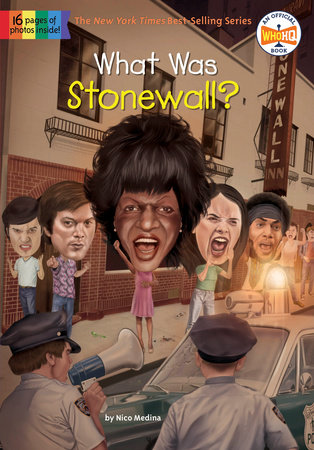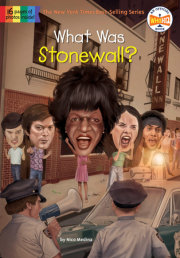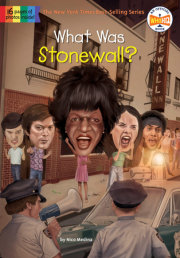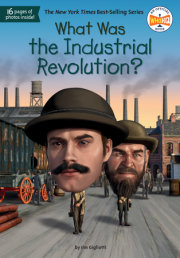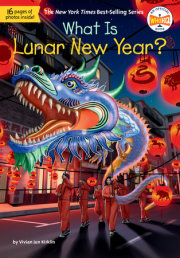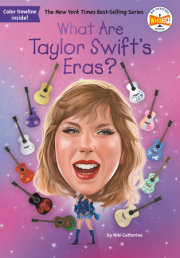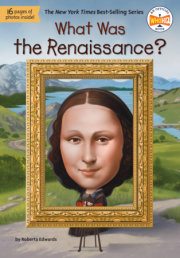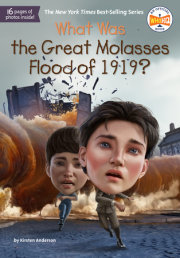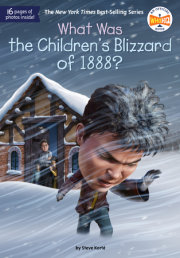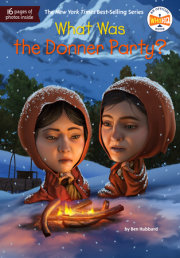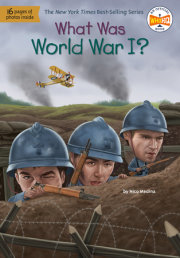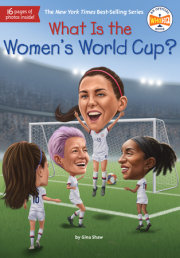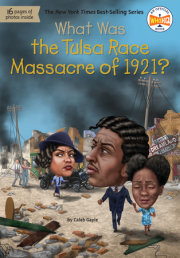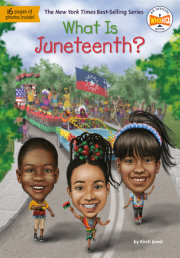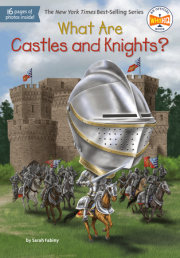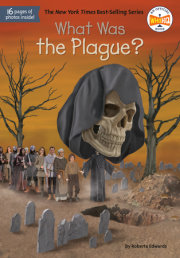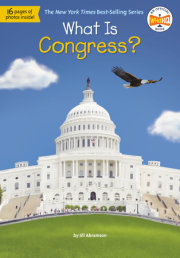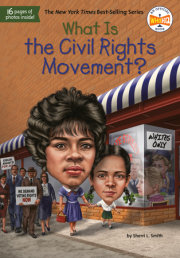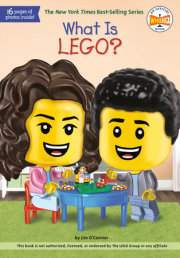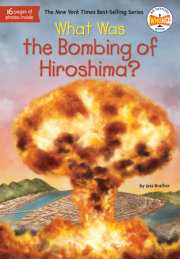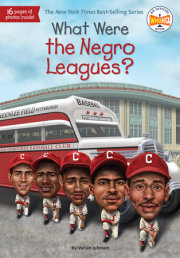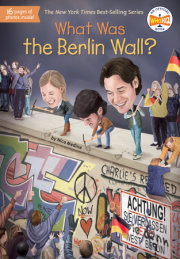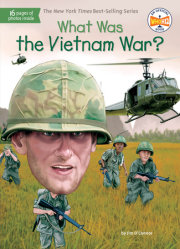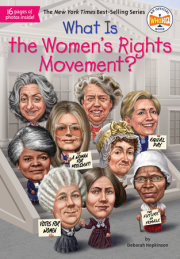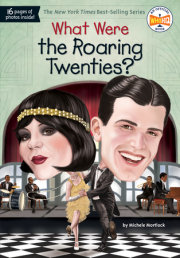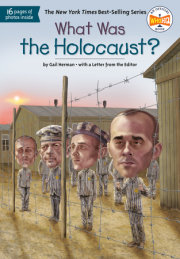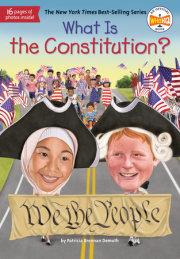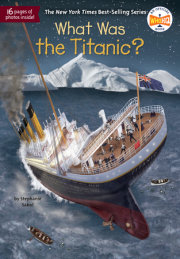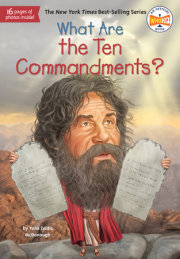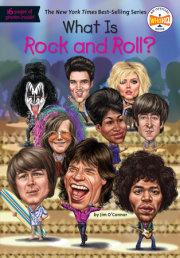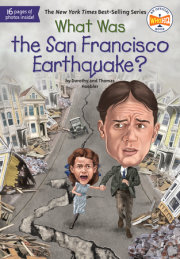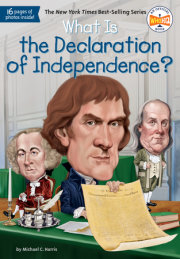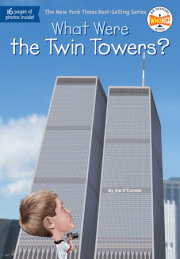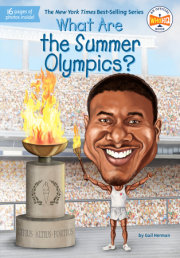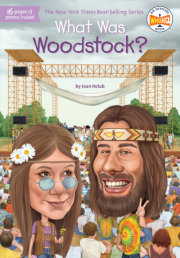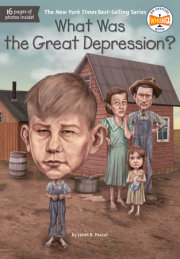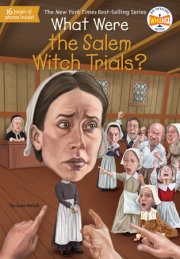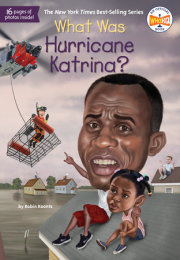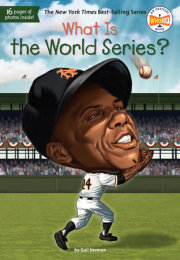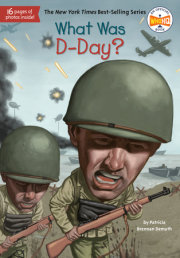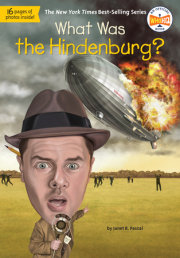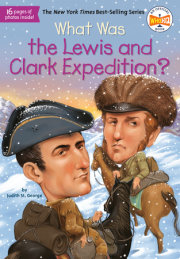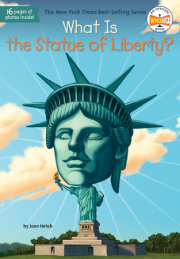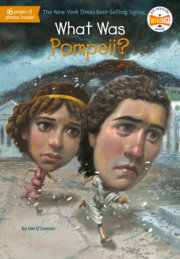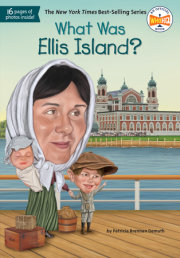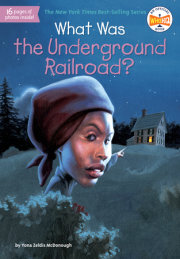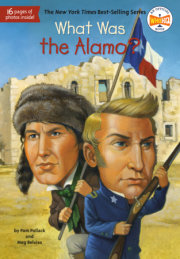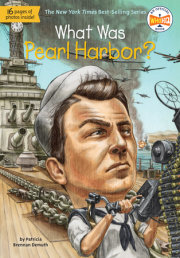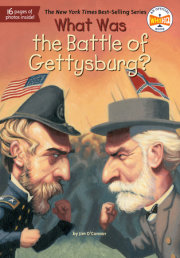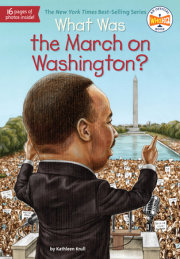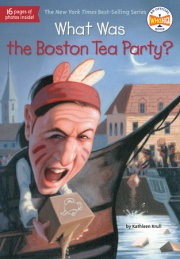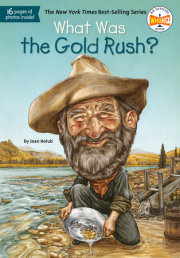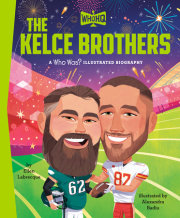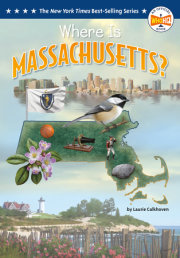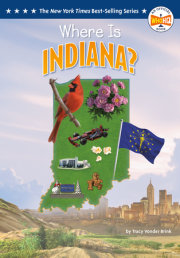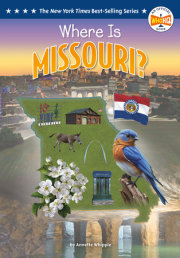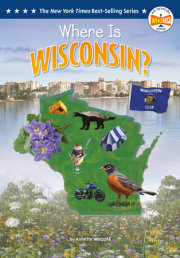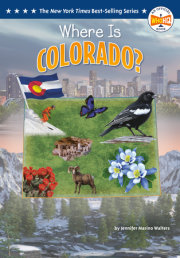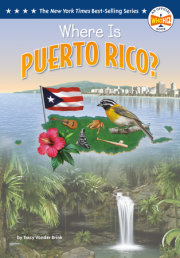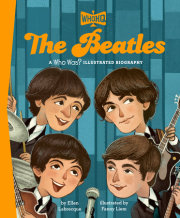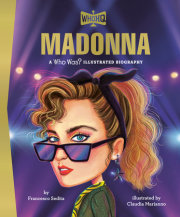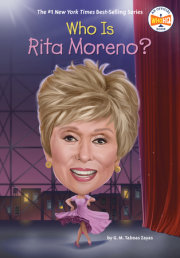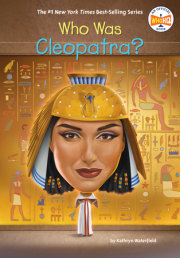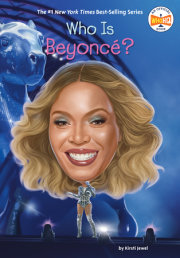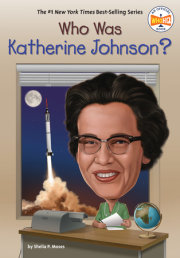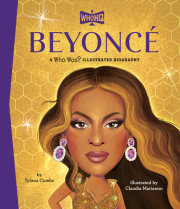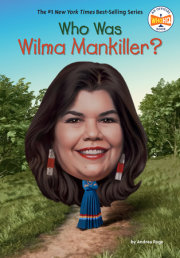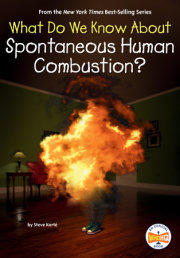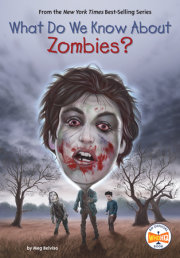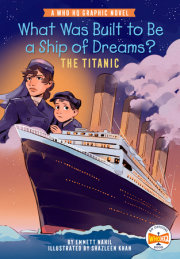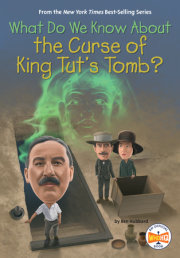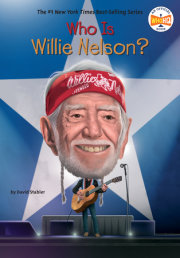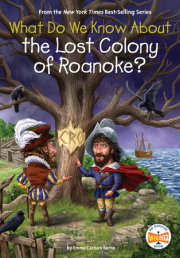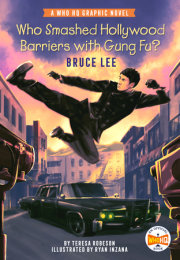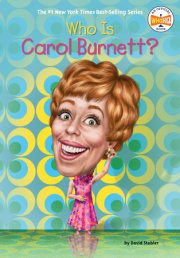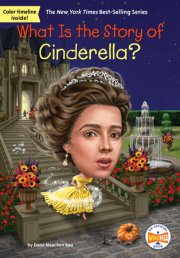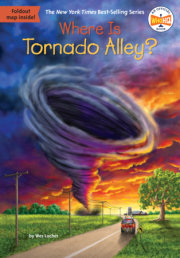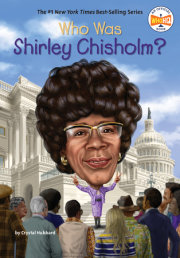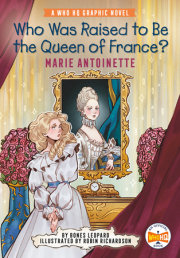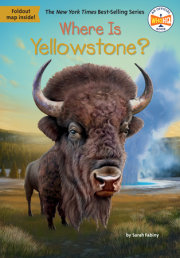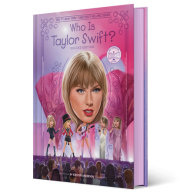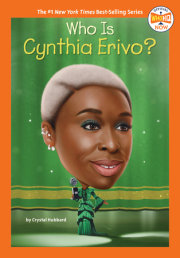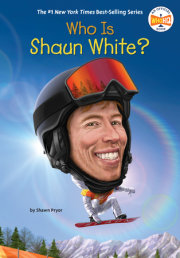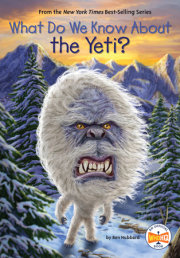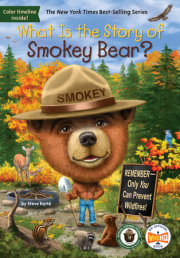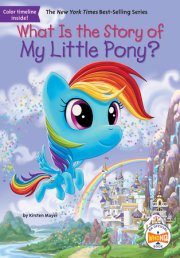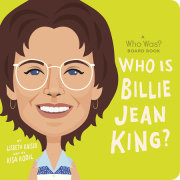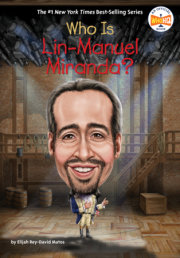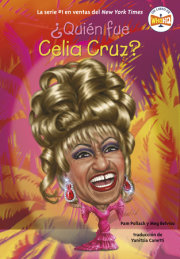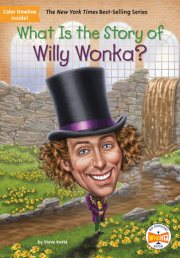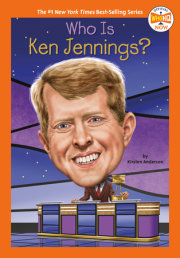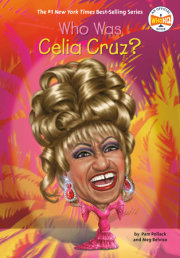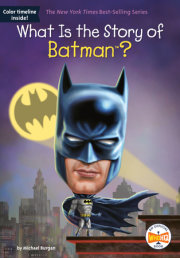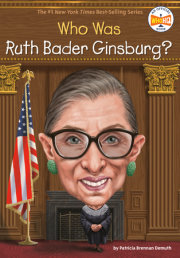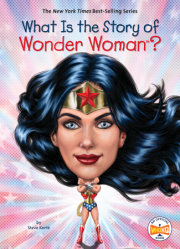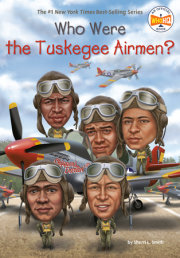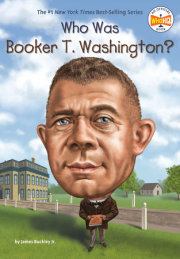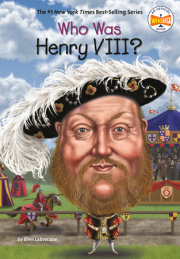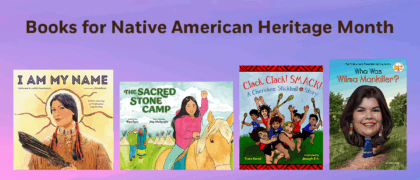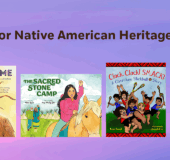What Was Stonewall? June 26, 2015—Greenwich Village, New York City It was a Friday, and folks at the Stonewall Inn were celebrating. The world-famous gay bar was packed. People hugged and cheered inside the bar and outside on Christopher Street.
Everyone had come to celebrate a ruling from the Supreme Court, the highest court in the United States. Now it was legal, in all fifty states, for same-sex couples to marry. “They ask for equal dignity in the eyes of the law,” wrote Justice Anthony Kennedy. “The Constitution grants them that right.”
Marriage is important not only for emotional reasons but for practical reasons as well. Married people can own property together, and they pay lower taxes. They can also be covered under the same health insurance plan and can visit each other in the hospital. These are just some of the many legal benefits of being married.
Up until 2004, men could only marry women in the United States, and vice versa. But beginning that year, states started to recognize every American’s right to marry whomever they chose.
By June 2015, same-sex marriage was legal in thirty-seven states, plus the District of Columbia. The Supreme Court’s decision now gave the right to marry to all Americans.
Many LGBTQ+ people had been waiting for this moment for a long time.
To see the Stonewall Inn, one might wonder what makes it so special. From the outside, it is not a particularly pretty establishment. Inside, the ceilings are low and the bar is dark. Why did so many New Yorkers celebrate there?
Because almost fifty years earlier, something happened at Stonewall. Something that would change the course of history for LGBTQ+ Americans.
On June 28, 1969, police raided the Stonewall Inn and began arresting people. This had happened many times before, at Stonewall and at other gay-friendly bars in the city. But on that hot summer night, to the cops’ surprise, the people at Stonewall fought back.
And they fought back hard.
The struggle for equal rights for LGBTQ+ people did not begin at Stonewall. But the events there pushed the movement forward. Half a century later, Stonewall continues to inspire people to demand equality.
Chapter 1: The Village Stonewall is located in New York City’s Greenwich Village neighborhood (say: GREN-itch). Commonly called “the Village,” its winding streets and small parks set it apart from the rectangular street grid in the rest of the city.
The Village has been a popular place for gay people to gather since the 1800s. Pfaff’s was an underground saloon where gay men met, including the famous poet Walt Whitman.
In the early 1900s, the Village was the center of New York’s bohemian culture. (To be
bohemian means to be unusual and accepting of those who are different.) Poets, musicians, and other artistic types from around the city—and the country—flocked to the area.
Some of these newcomers were queer. These people found more acceptance here than they did elsewhere. Still, many couldn’t live an open life. Outside the Village—and even within it—they faced disapproval and discrimination.
But queer culture blossomed nonetheless.Dazzling costume balls featuring drag queens were held across the Village and other downtown neighborhoods. (A
drag queen is a man who dresses and performs as a woman.) From 1869 through the 1920s, drag balls were also held in the uptown African American neighborhood of Harlem.
When the United States entered World War I in 1917, American soldiers sailed to Europe from New York City. Many visited Greenwich Village before shipping off. Perhaps for the first time ever, they saw openly queer people.
Many American women moved to cities like New York to fill the jobs left open by the soldiers. In these lively places, away from home and the pressure to marry and raise children, some women realized that they were gay.
Meanwhile, queer American soldiers stationed overseas might have visited cities like Paris and Berlin, where queer culture was even more open than it was in New York. When they returned to the United States, some men began a new life—and many settled in the Village.
A lesbian culture developed in cities like New York.
Drag kings—women who dressed and performed as men—appeared in nightclubs. Private apartment parties featuring dancing and jazz music became popular. A’Lelia Walker, a wealthy black heiress in Harlem, became famous for her legendary parties. Some were attended by European and African royalty!
During Prohibition (1920–1933), the manufacture and sale of alcohol was illegal in the United States. Secret bars serving alcohol, called
speakeasies, began to open.
Some speakeasies catered to queer people. Eve’s Hangout was popular with lesbians. A sign on its door read: “Men are admitted but not welcome.”
The original Stonewall Inn opened in 1930 on Seventh Avenue South. (It moved to Christopher Street in 1934.) It called itself a tearoom but was actually a speakeasy.
Prohibition may have made queer life easier. Because bars had to operate in secret, queer people had relatively safe and private places to get together. But by the end of the 1920s, queer life in New York was becoming less free and accepted.
The Drag was a play written by a famous actress named Mae West. The play featured a drag ball and other queer themes. It was banned before it opened on Broadway. New York State passed a law forbidding such subjects onstage.
The drag balls were shut down, too. Cross-dressing—dressing in the traditional clothing of the opposite sex—was outlawed.
After Prohibition ended in 1933, bars were required to have a liquor license from the state government. But the government wouldn’t give licenses to bars that served queer people.
After the good times of the Roaring Twenties came the Great Depression. Times were tough, and with nowhere left to go, queer people went back to living in the shadows.
Copyright © 2019 by Penguin Random House LLC. All rights reserved. No part of this excerpt may be reproduced or reprinted without permission in writing from the publisher.

